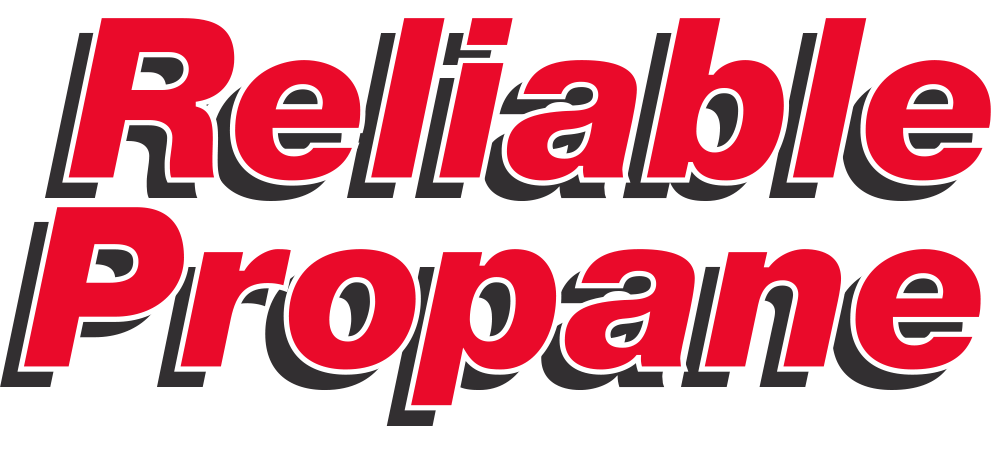Frequently Asked Questions about Propane
(Source: Propane 101)
Many people are unfamiliar with or have questions about propane use and safety. Certainly, being our fundamental focus, we recognize it as a highly efficient resource when used appropriately, and maintain company policies that ensure the safety of its use at all times. Our team is always available to answer any questions or concerns you have as they arise; but, in general, we hope the following will help clarify most of the commonly asked questions!
Propane Tank Disposal and Recycling

When a gas grill tank is no longer fit for service, it needs to be properly disposed of. Although there are other uses for condemned propane tanks and bottles, people frequently just want to get rid of them. Propane tanks can be disposed of but it’s important for them to be disposed of in a proper manner. Propane tanks, gas bottles and other hazardous materials will not be picked up by the local garbage collectors. In fact, improper propane tank disposal might be illegal in some areas. Propane tank disposal is a safety issue that is easily handled by a propane company or hazardous waste contractor. NEVER DISPOSE OF PROPANE TANKS IN THE TRASH.
You are welcome to bring your retired grill tanks to our office and we will safely recycle them for a $3 recycling fee.
Propane Gas Deliveries

Propane delivery seems simple but propane customers sometimes have questions surrounding the delivery process. These questions are asked routinely of propane dealers and have common explanations involving laws, LP Gas requirements and physics.
How (or Why) did my tank percentage fall so quickly?
This question is often asked during the period immediately following the delivery, or sometimes several days later. Whether the propane tank is being filled partially or completely, the bleeder valve is always used during the delivery process. It is common for the delivery driver to write the ending percentage on the fuel ticket after the delivery which is often 80%, if the tank has been filled. Even if the face gauge reads 75% following delivery, the tank is at 80% because the bleeder valve indicates the actual propane liquid level (above 80%) in the tank, not the face (dial) gauge.
Why is propane spewing out of my tank during delivery?
During propane delivery, the fixed liquid level gauge, also called a bleeder valve, is opened as required by law. The driver is not inadvertently letting gas out of the tank. This valve accurately indicates the liquid level in the propane tank and lets the delivery driver know when to stop the filling process. The picture at the top of this page shows the bleeder valve actively being used during a propane delivery.
Propane Troubleshooting and Repairs
Only propane companies and professionals have access to tools and equipment that can properly diagnose and identify problems within a propane gas system. They also have the experience. Buying tools, parts and supplies from the local hardware store to make household repairs is something we’re all accustomed to because of the availability and convenience of large stores like Home Depot, Lowe’s and others. Books about hazardous and dangerous household subjects such as electricity are readily available but finding a book on propane repairs or LP Gas troubleshooting is quite difficult. The reason being is that trying to repair your own propane system isn’t advisable, nor is it safe. Some tools and parts that appear to be similar to the parts on your propane system can be readily found but if they aren’t designed for LP Gas use, they can place your family in a potentially dangerous situation.
Moving Your Propane Tank
Along the same lines of modifying your own propane system is moving your own tank. The best way to move your propane tank is by calling a licensed propane company. Although it’s not necessarily illegal to move a propane tank, the risks involved with moving it far outweigh the advantages. Too much can go wrong while using equipment such as a forklift or front-end loader to move the tank yourself. For instance, if the tank still has liquid propane in it, the lifting lugs can be damaged rendering them useless. And if the “do-it-yourselfer” goes a step further by welding on the tank, the tank may become completely unusable. Welding on any propane container is illegal unless the welding is done by a tank manufacturer or an approved tank fabrication and repair firm. If the tank rolls after hitting the ground, valves and fittings can be broken off allowing propane to vent dangerously into the vicinity creating a very hazardous situation. Too many things can go wrong by trying to move your own propane tank so be on the safe side and contact your propane company. Chances are, it will also be cheaper in the long run by doing so.
